The Saigon - Gia Dinh Regional Party Committee Base Relic (Y4) was the headquarters that commanded the resistance war against the US in the Saigon - Gia Dinh urban area from August 1969 to October 1970. The Saigon - Gia Dinh Regional Party Committee Base Relic was led by comrade Vo Van Kiet (secretary), two comrades Tran Bach Dang and Mai Chi Tho (deputy secretaries) and the heroic and brave A6 force. After the Tet Offensive in 1968, the enemy counterattacked crazily and continuously attacked our important places. In that "life-threatening" situation, the City Party Committee met and decided to move the base to the territory of two communes, Thanh An and Tan Phu Tay, Mo Cay district (now Mo Cay Bac district), because this place used to be a liberated land, the army and people were steadfast with a long-standing revolutionary tradition. Not only that, the terrain of the Saigon Gia Dinh Party Committee Base Relic is extremely rugged with a dense, divided canal system and many coconut gardens close together, helping to limit the enemy's ability to enter our territory by motor vehicles, armored vehicles or helicopters.
The Saigon - Gia Dinh Regional Party Committee Base (Y4) is located in Tan Hoa Ngoai Hamlet, Tan Phu Tay Commune, Mo Cay Bac District. The Saigon - Gia Dinh Regional Party Committee Base, also known as T4, Y4, was the command center of the resistance war against the US in the Saigon - Gia Dinh urban area. In 1969, the Central Committee of the Southern Region directly led the Saigon - Gia Dinh Regional Party Committee and decided to move the regional party committee to the Mekong Delta to avoid damage and ensure command within the inner city.
In July 1969, the SG-GĐ Regional Party Committee, led by comrade Vo Van Kiet as Secretary and two comrades Tran Bach Dang and Mai Chi Tho as Deputy Secretaries, divided into many small units and secretly moved to Tan Phu Tay and Thanh An communes in many ways. This was a newly liberated area, with resilient people, high political awareness, and very rugged terrain, with many canals and many coconut gardens as cover. The enemy could not land troops by motor vehicles or armored vehicles, and even the use of helicopters to land troops was limited.
With only rudimentary materials, mainly using things available on the spot, the local guerrillas built 16 surface tunnels and 14 secret tunnels (distributed in two interconnected communes: Tan Phu Tay and Thanh An), all tightly arranged to be able to support each other when necessary. The connecting tunnels were the living, working, and meeting places of the leaders of the Regional Party Committee, the medical department, and the radio and cryptography department; in addition, there was a tunnel named "Happy House" which was the night shelter of the Y4 soldiers.
By October 1970, the enemy had first discovered the Regional Party Committee operating in Tan Phu Tay commune, and they had repeatedly sent troops to attack this place and neighboring communes. Faced with that situation, comrade Vo Van Kiet held a meeting with the Regional Party Committee leaders and decided to withdraw from the base area. Although the time stationed here was not long (from July 1969 to October 1970), it left memorable historical milestones, which was the workplace of Party leaders. During the time stationed at the base area, the leaders of the SG-GĐ Regional Party Committee received the affectionate care of the soldiers and people in the area.
After the war, the base area was almost completely destroyed. To remind of that event, in November 1997, the Party Committee and the people of the province restored two underground bunkers: the radio station bunker and the bunker where comrade Vo Van Kiet lived and worked. The SG-GĐ Regional Party Committee base was the place to direct the activities of the inner city during the resistance war against the US. The major battles in the inner city against the enemy's headquarters won many glorious victories, but the US - puppet government did not expect that the leadership at that time was located in Tan Phu Tay commune - Mo Cay - Ben Tre. The leaders and all the cadres and soldiers overcame many difficulties, hardships and sacrifices in the base area. Not only did they have to put in sweat and tears to build bunkers to resist artillery, B52 bombs, and solid secret bunkers, but they also had to shed blood to resist sweeps and ambushes. In particular, wherever the Party Committee goes, it receives local support. Furthermore, it must also deploy a communication line to ensure that the Party Committee's direction into the inner city is smooth.
Today, the relic is a mark of an important historical event during the period of resistance against the US to save the country, a historical witness, a lesson for today and future generations. The SG-GĐ Regional Party Committee Base was recognized as a National Historical Relic by the Ministry of Culture and Information (now the Ministry of Culture, Sports and Tourism) on December 23, 1995.
In 2010, the relic was restored and inaugurated and put into service in 2012. The relic has a total area of about 2 hectares. Of which, 07 underground tunnels were restored: The residence and working place of comrade Vo Van Kiet, Ambulance tunnel, Secret tunnel, The residence and working place of comrade Mai Chi Tho, Meeting tunnel, The residence and working place of comrade Tran Bach Dang, Happiness tunnel and 03 secret tunnels were the hiding places of: comrades Vo Van Kiet, Tran Bach Dang and Mai Chi Tho.


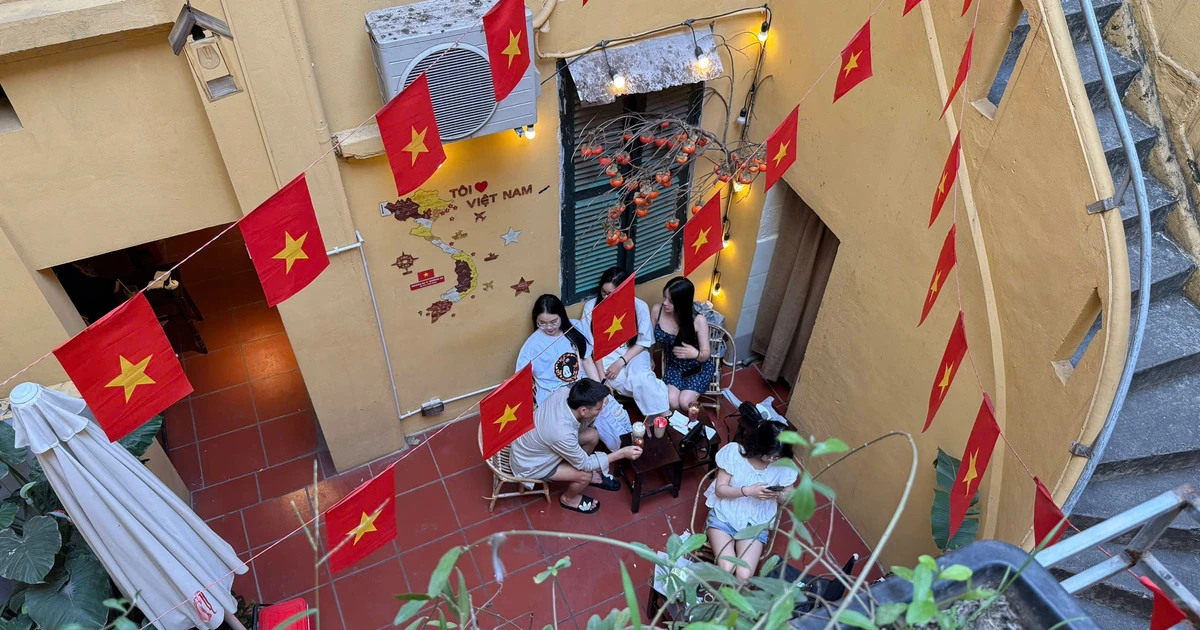
![[Photo] General Secretary To Lam attends conference to meet voters in Hanoi city](https://vstatic.vietnam.vn/vietnam/resource/IMAGE/2025/4/17/889ce3da77e04ccdb753878da71ded24)
![[Photo] President Luong Cuong receives Lao Prime Minister Sonexay Siphandone](https://vstatic.vietnam.vn/vietnam/resource/IMAGE/2025/4/17/337e313bae4b4961890fdf834d3fcdd5)
![[Photo] President Luong Cuong receives UN Deputy Secretary General Amina J.Mohammed](https://vstatic.vietnam.vn/vietnam/resource/IMAGE/2025/4/17/72781800ee294eeb8df59db53e80159f)
![[Photo] Hundred-year-old pine trees – an attractive destination for tourists in Gia Lai](https://vstatic.vietnam.vn/vietnam/resource/IMAGE/2025/4/17/25a0b7b629294f3f89350e263863d6a3)
![[Photo] North-South Expressway construction component project, Bung - Van Ninh section before opening day](https://vstatic.vietnam.vn/vietnam/resource/IMAGE/2025/4/17/ad7c27119f3445cd8dce5907647419d1)
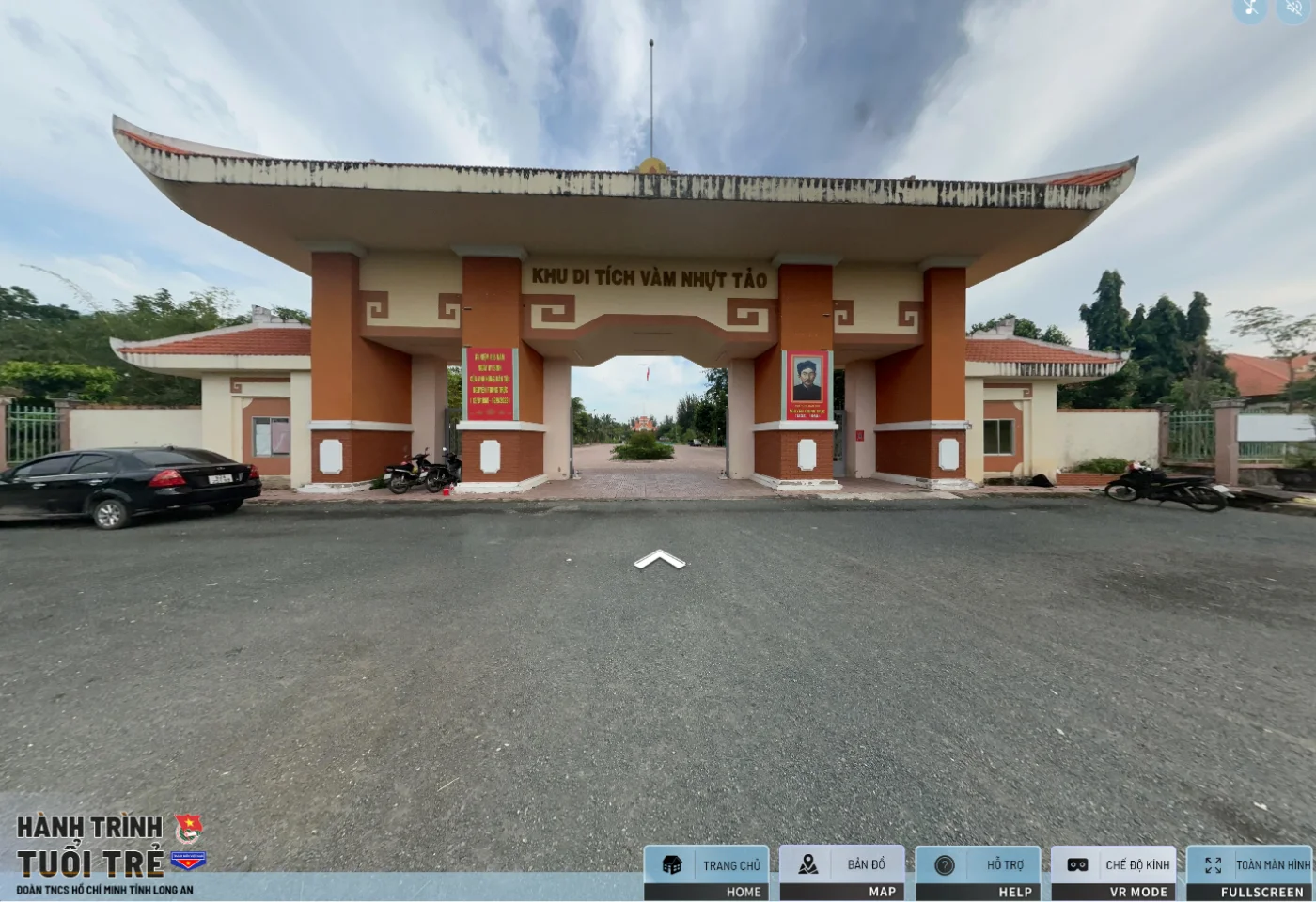


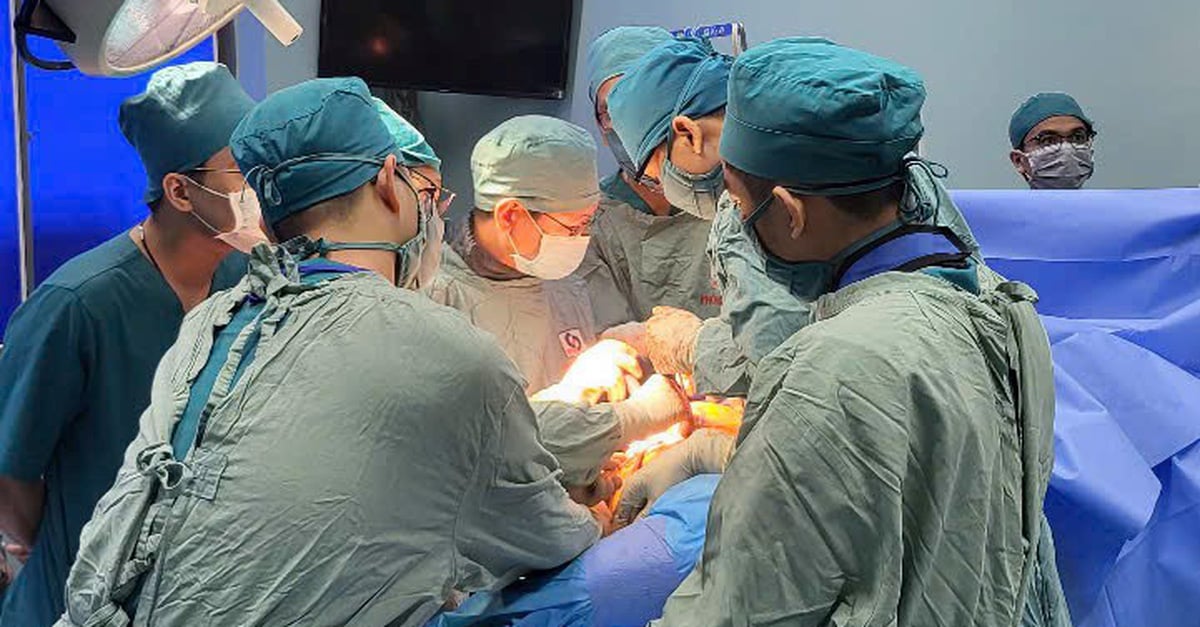


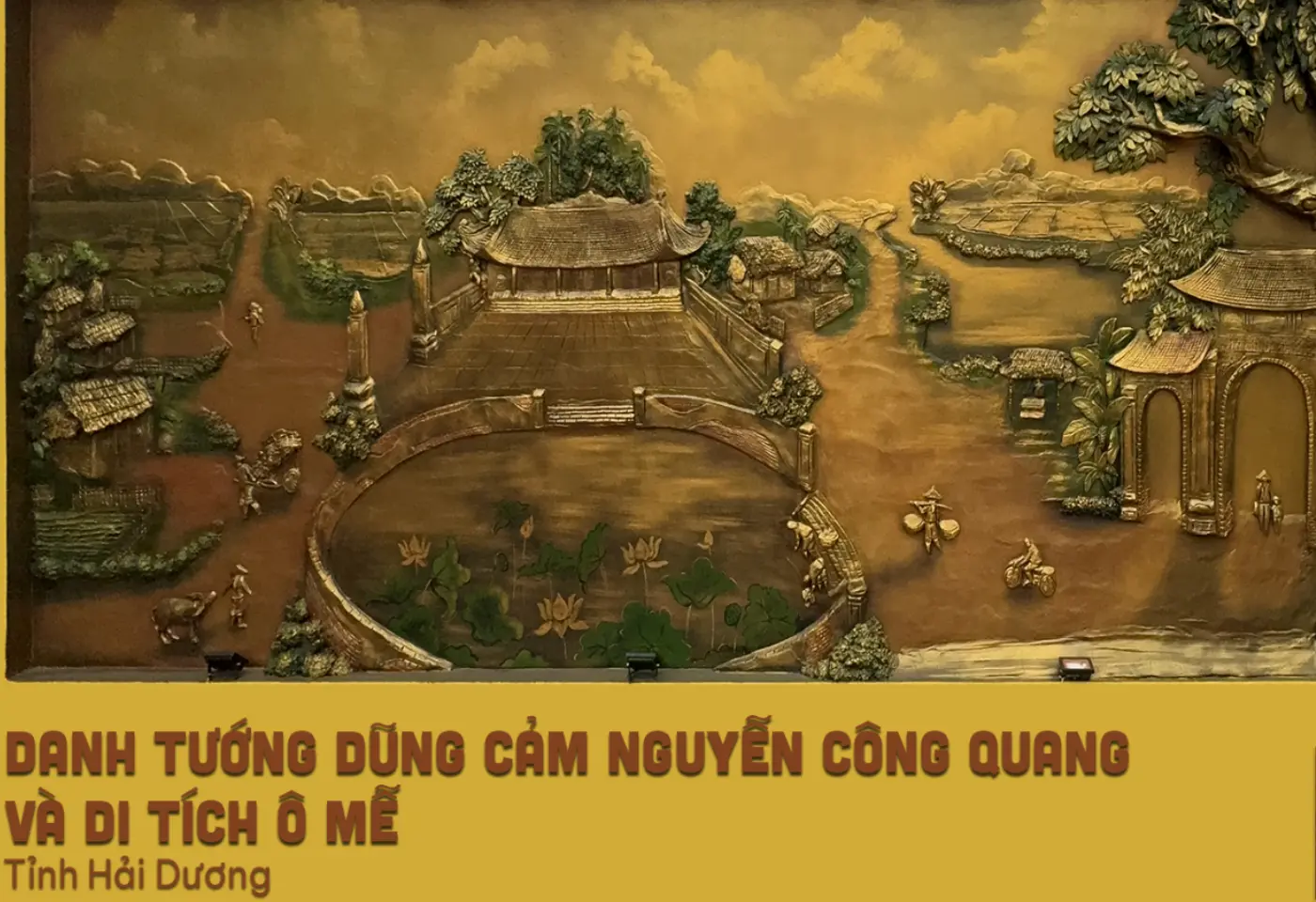
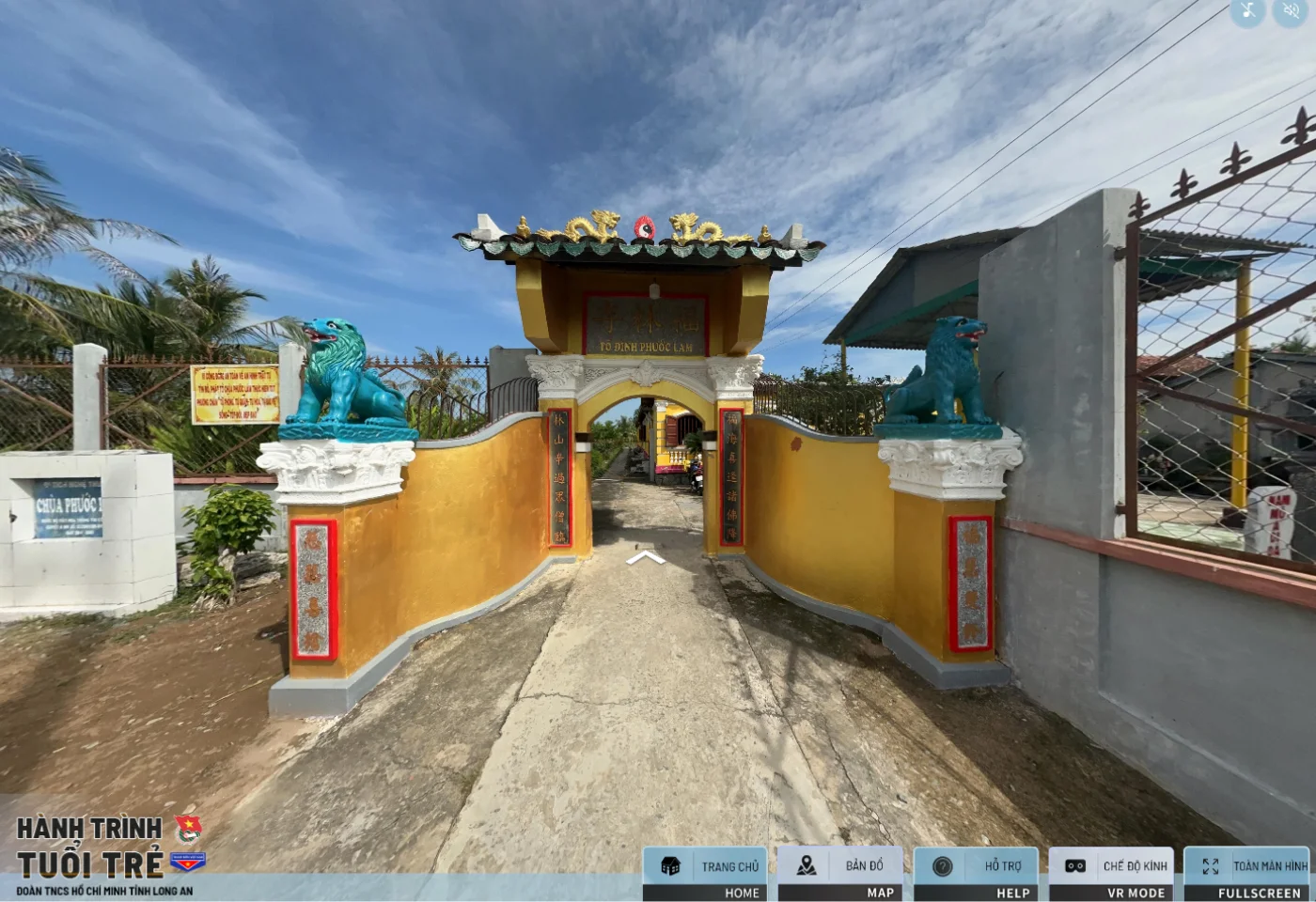
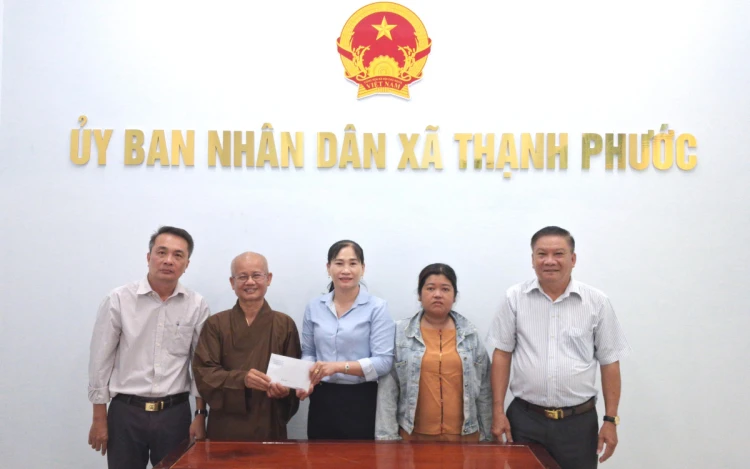
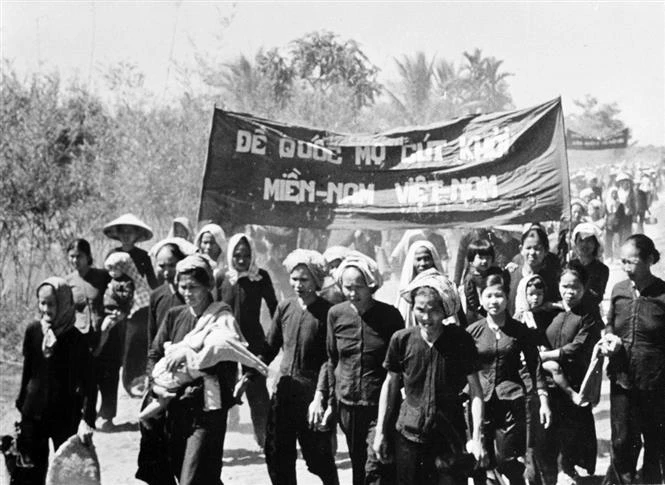
![[Infographics] 19 individuals receive Nguyen Dinh Chieu awards](https://vstatic.vietnam.vn/vietnam/resource/IMAGE/2025/4/17/2b2675895f2a466e9fe76c9fd628ca46)
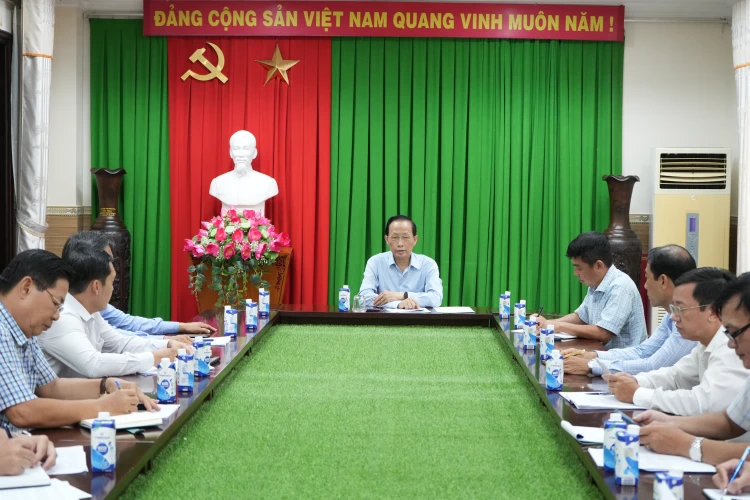
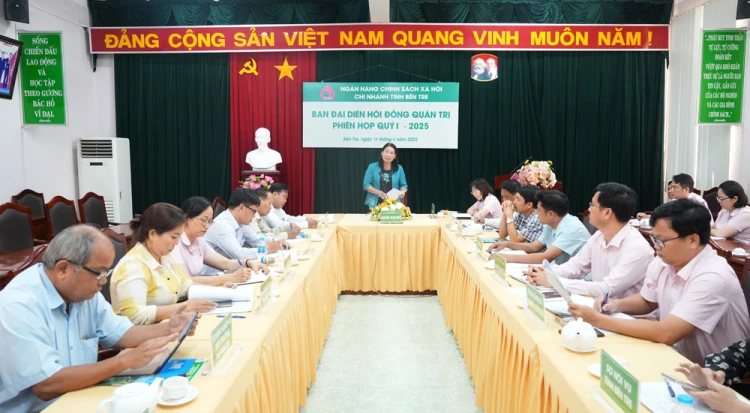



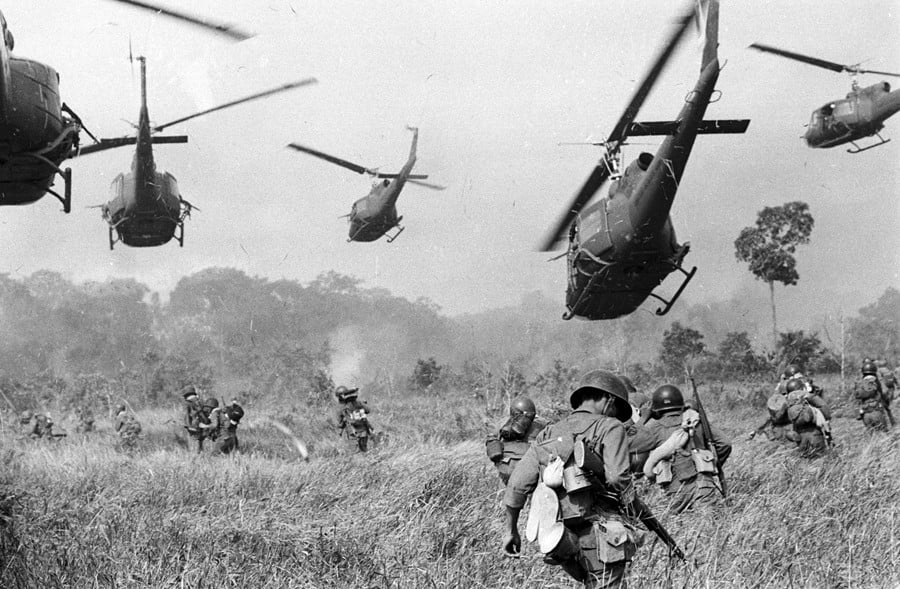

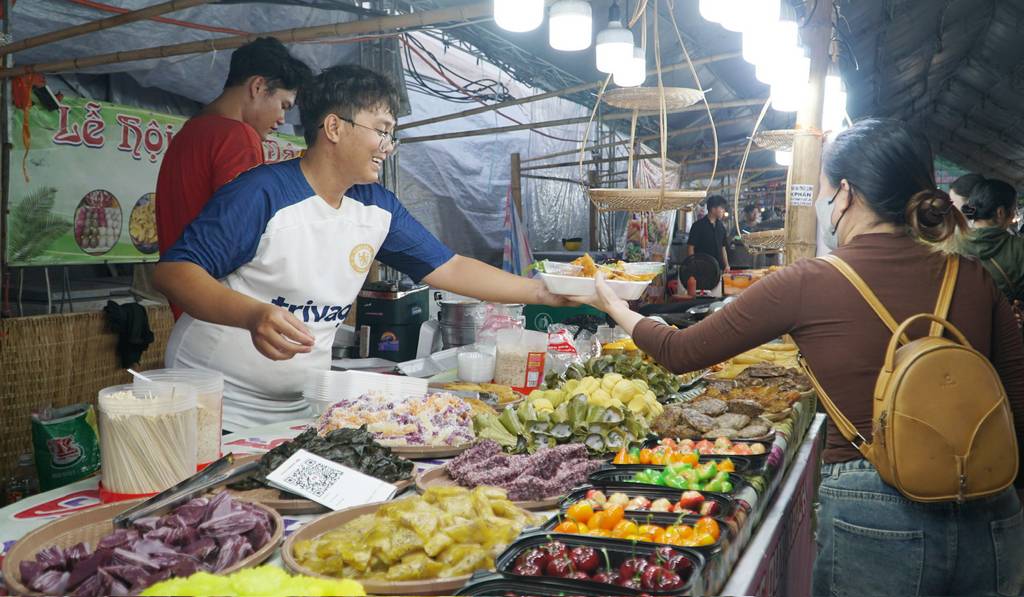

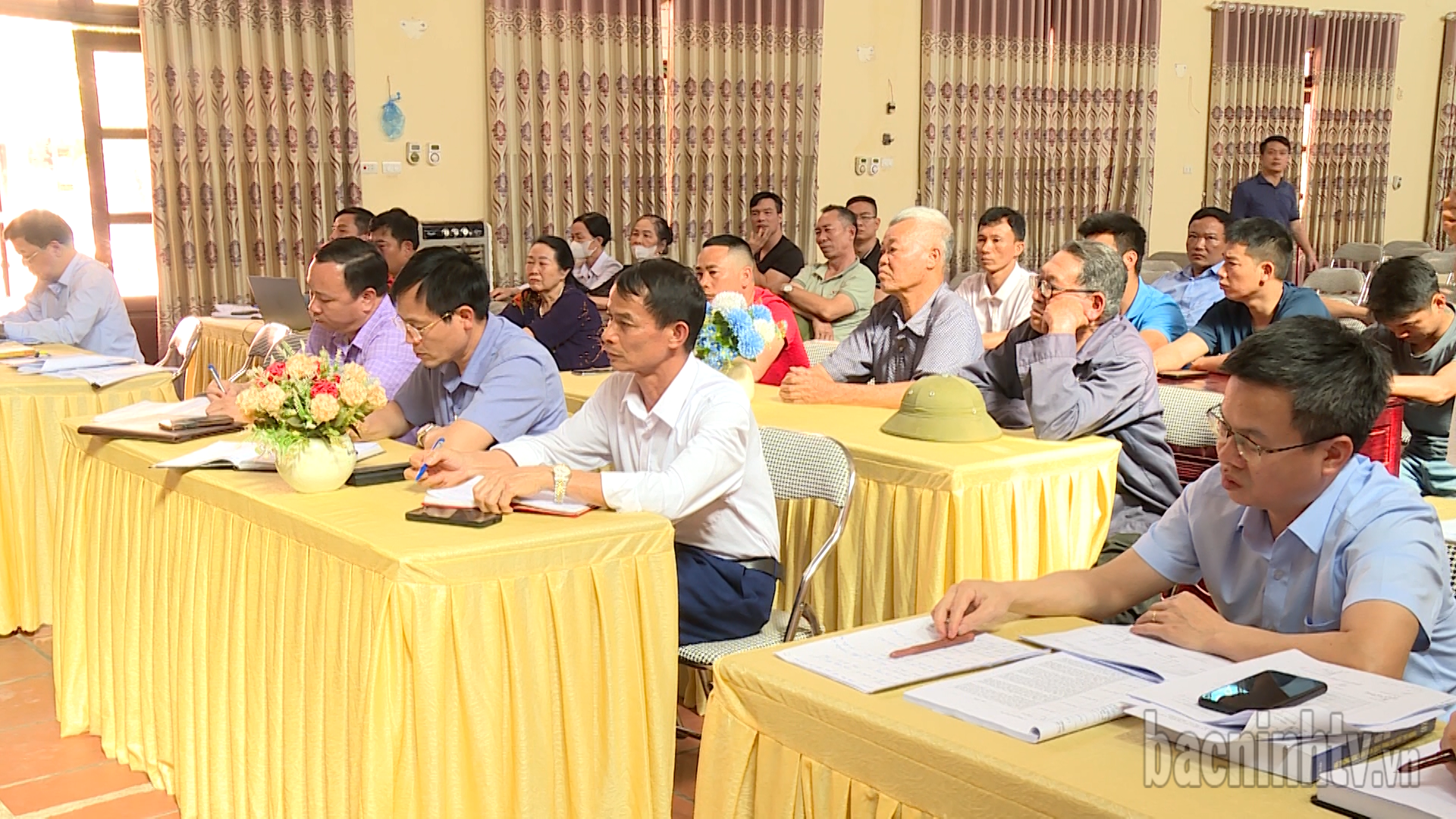
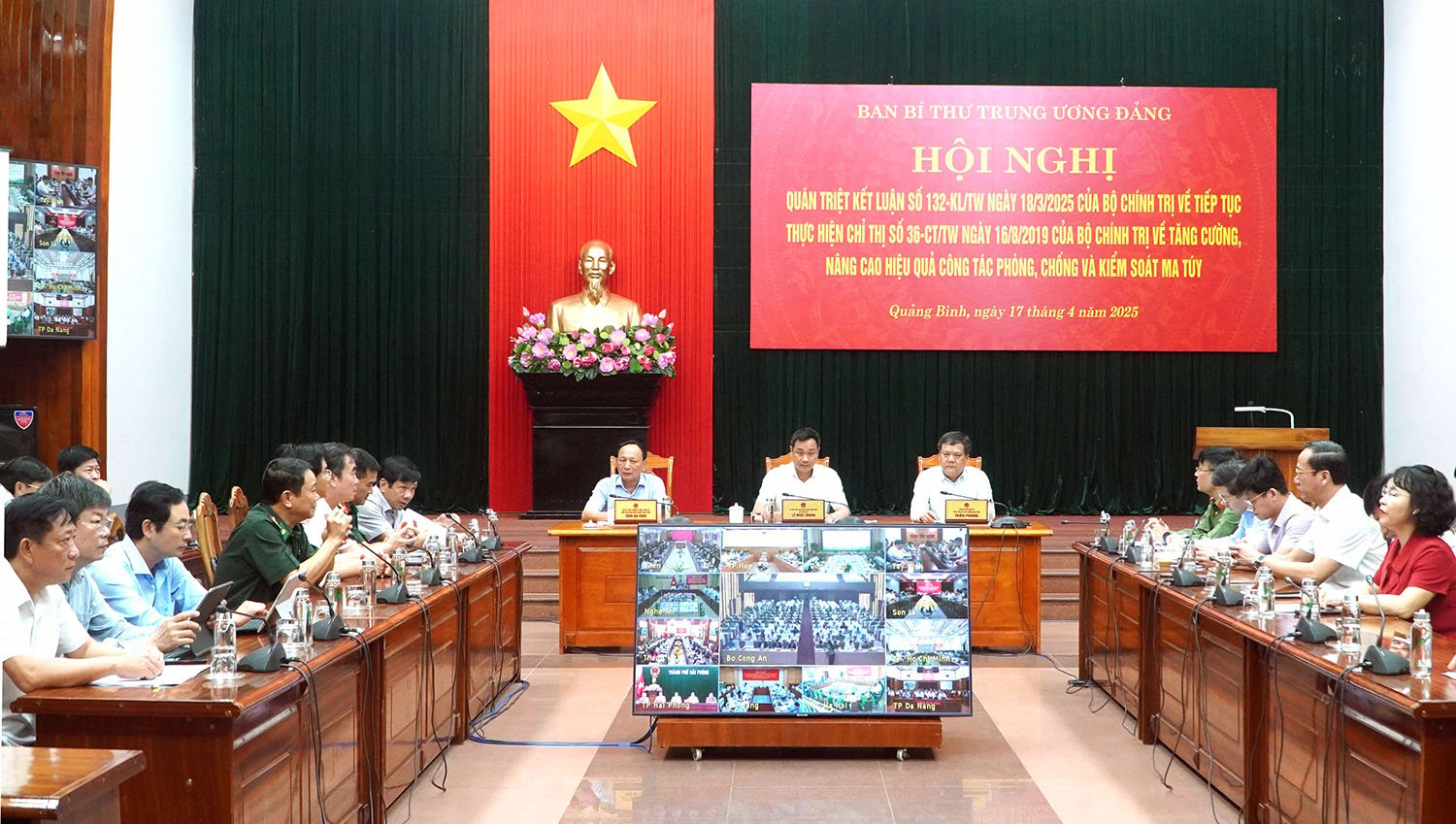
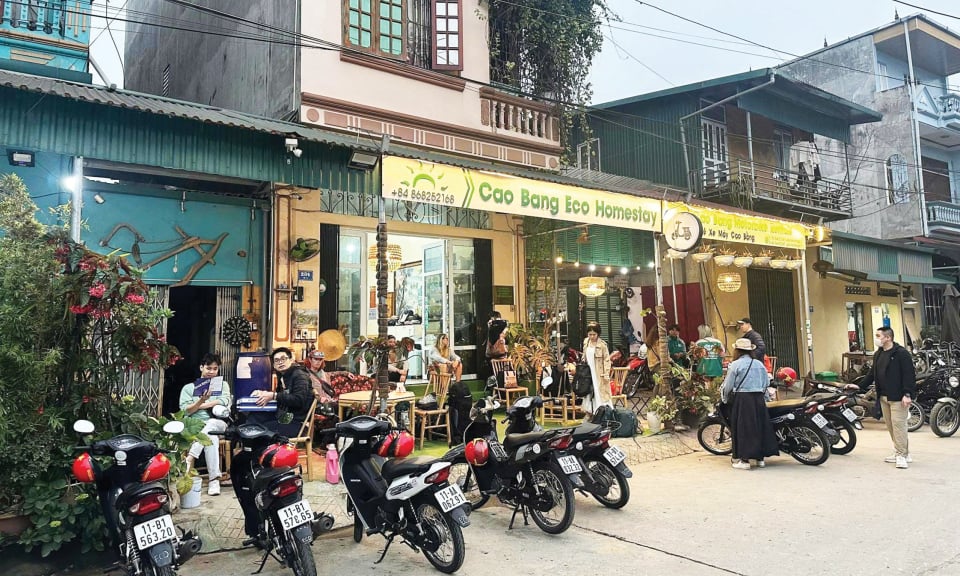
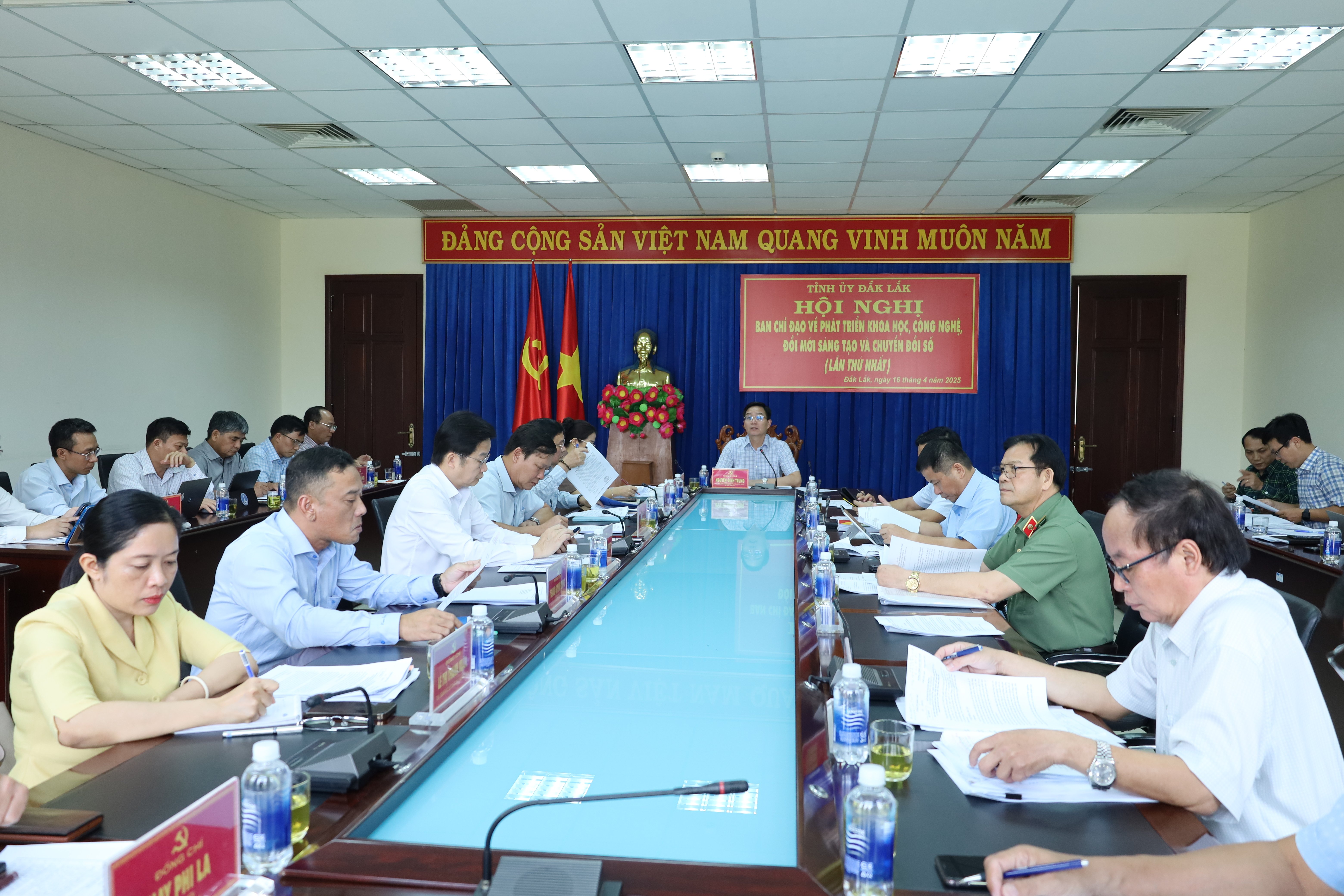
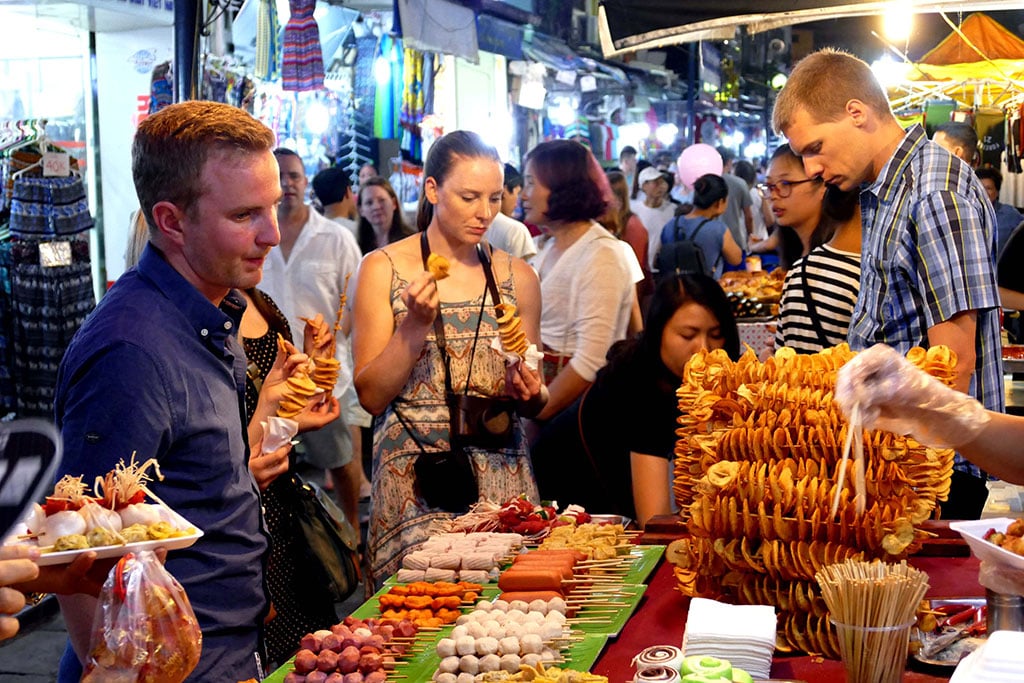


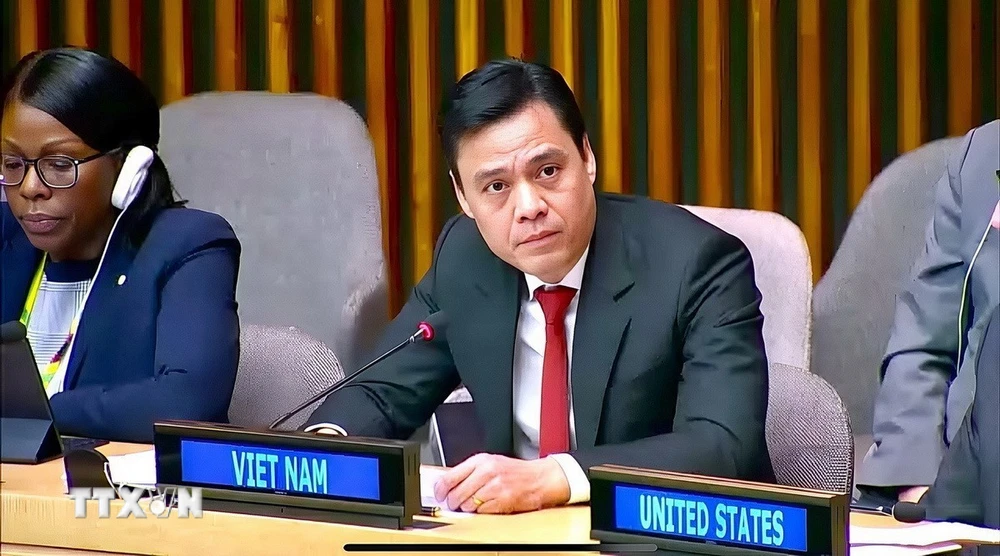

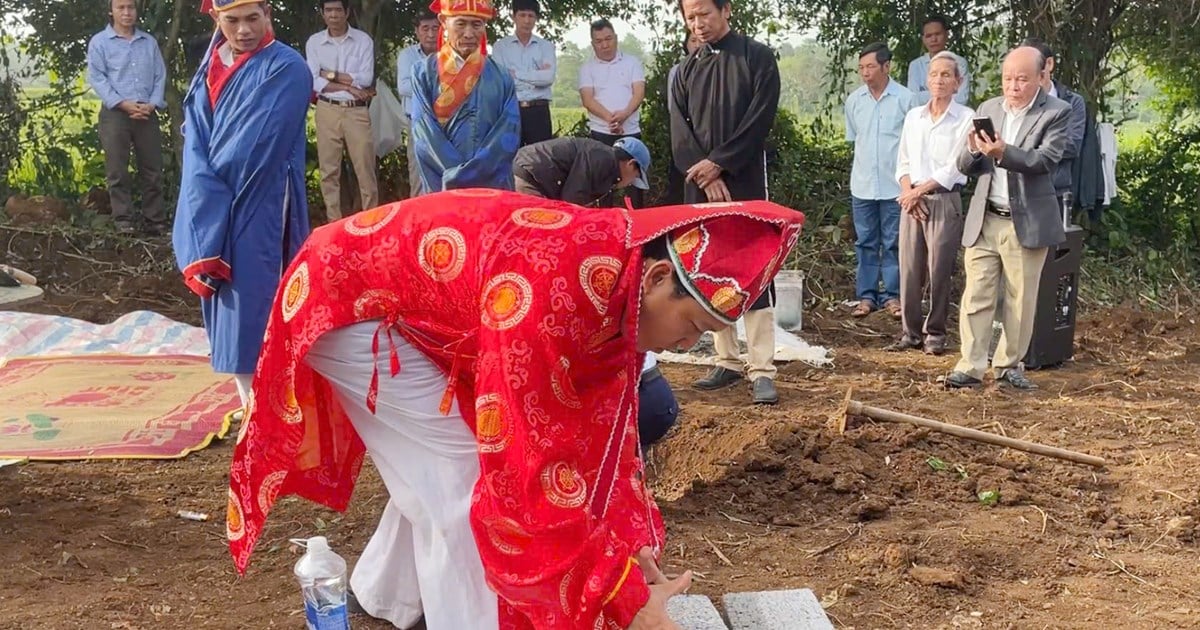

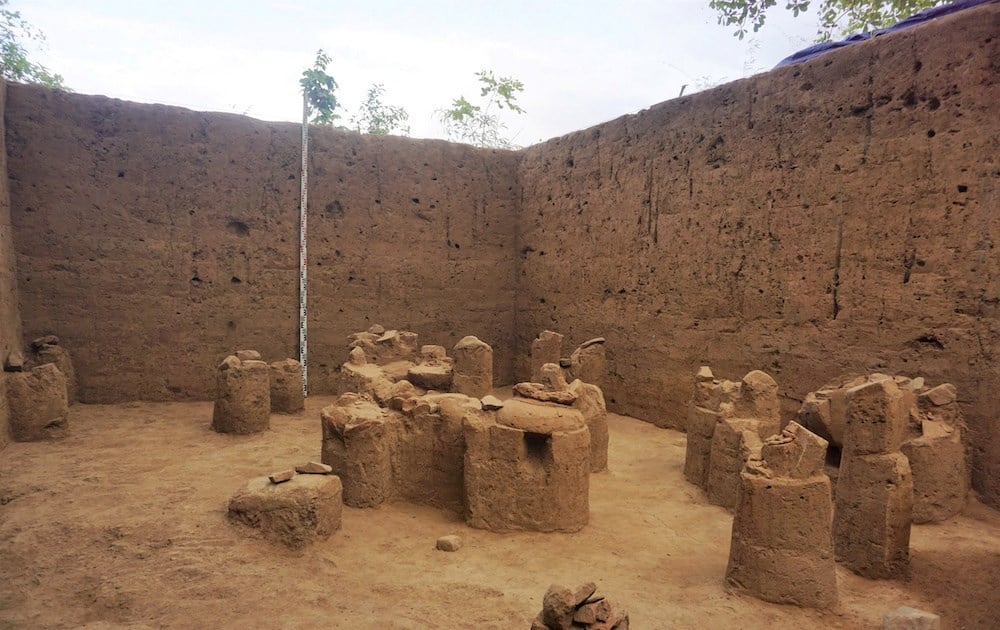
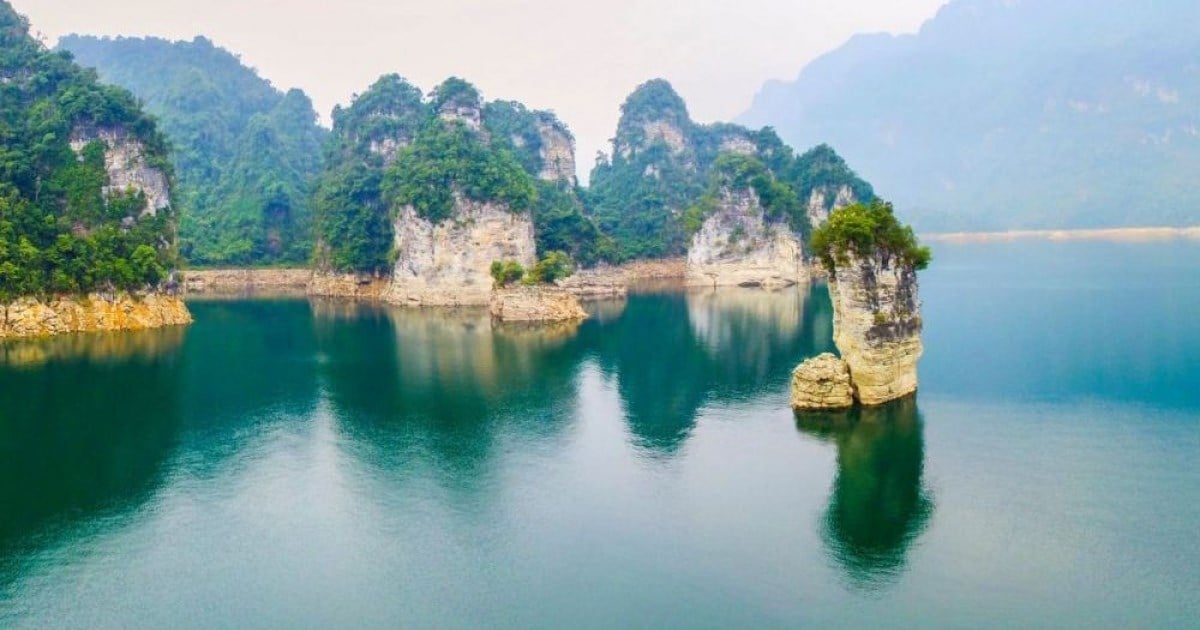


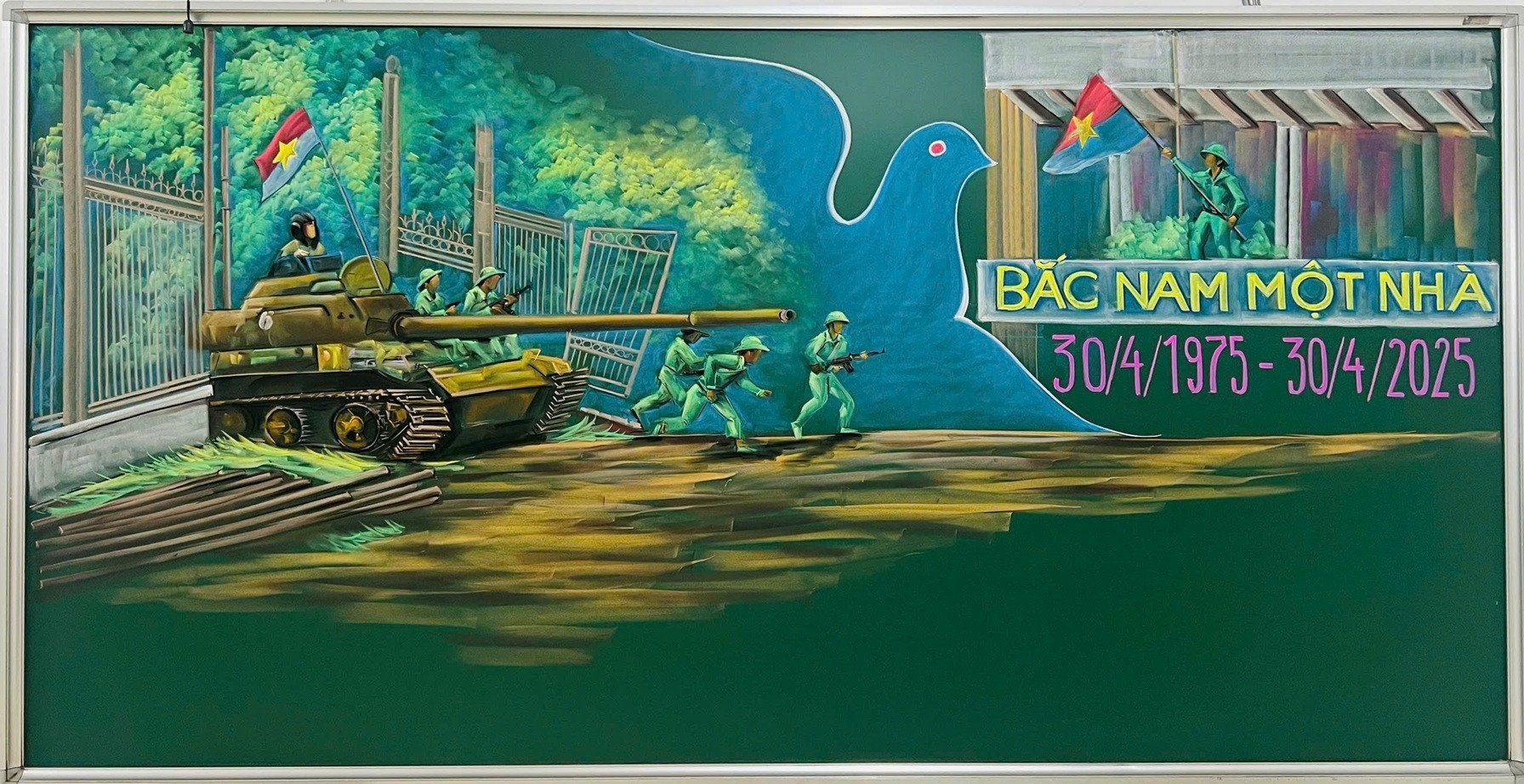




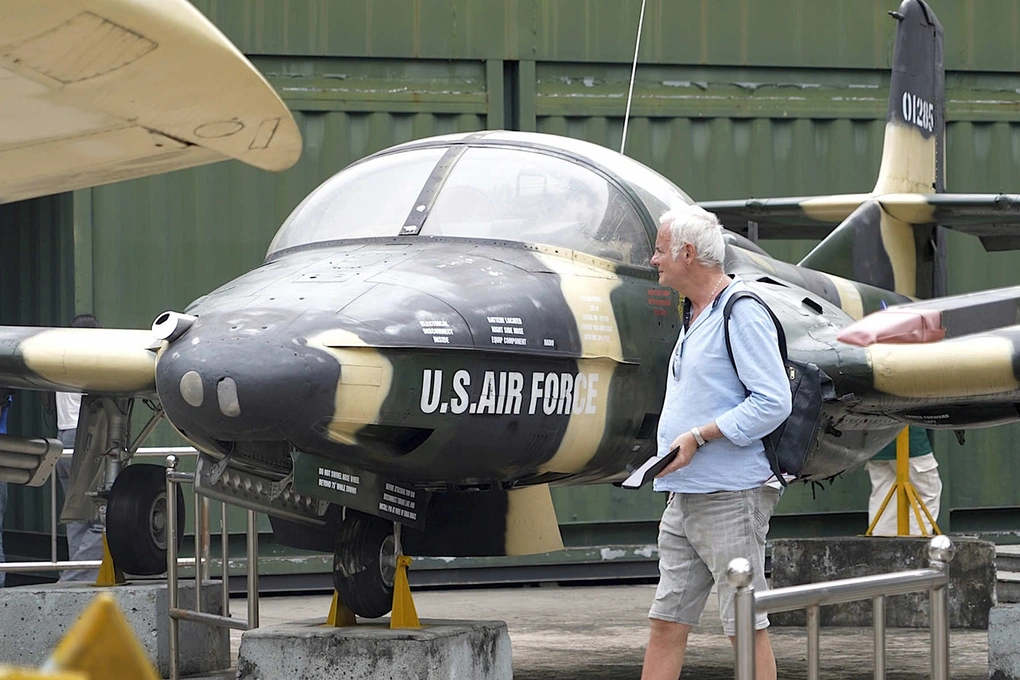
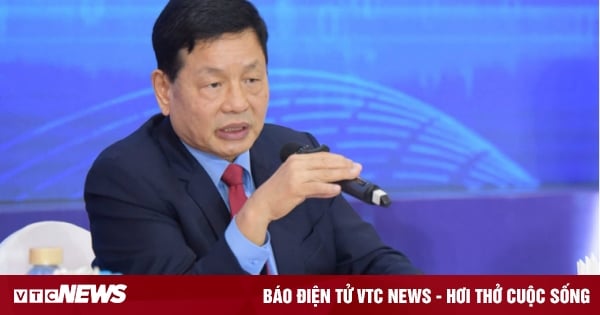

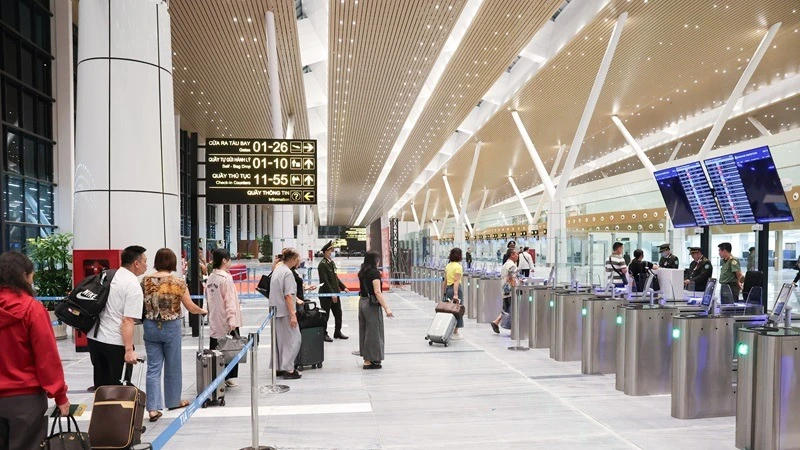



![[Video] Viettel officially puts into operation the largest submarine optical cable line in Vietnam](https://vstatic.vietnam.vn/vietnam/resource/IMAGE/2025/4/17/f19008c6010c4a538cc422cb791ca0a1)
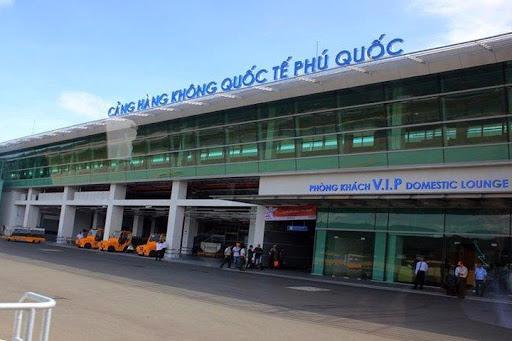



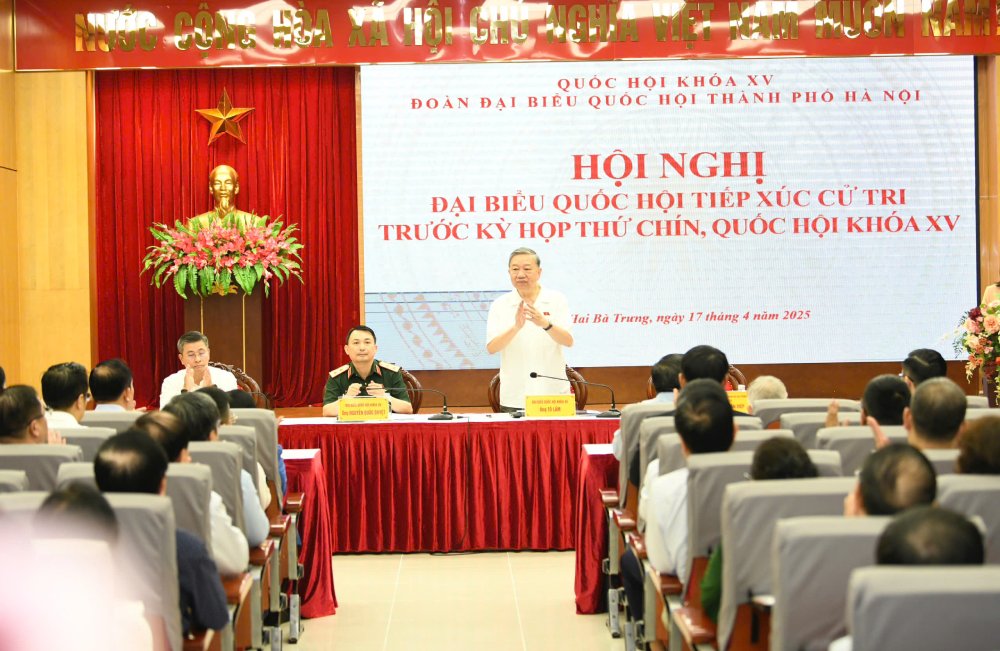

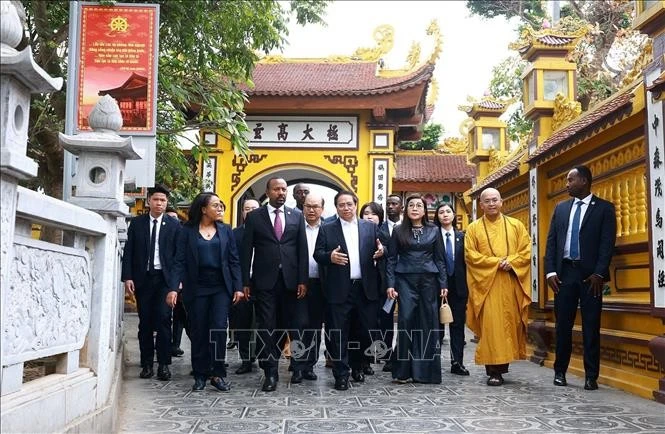

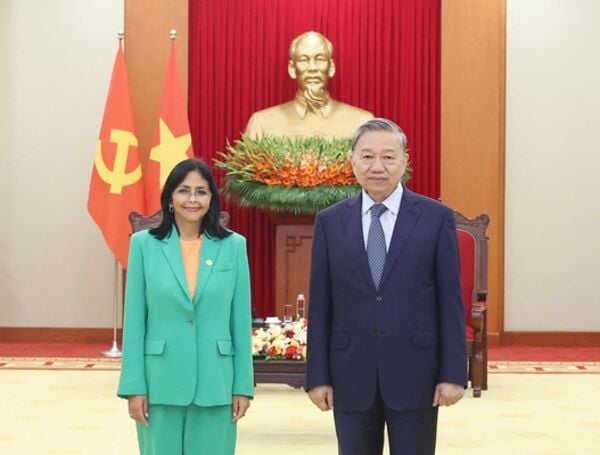
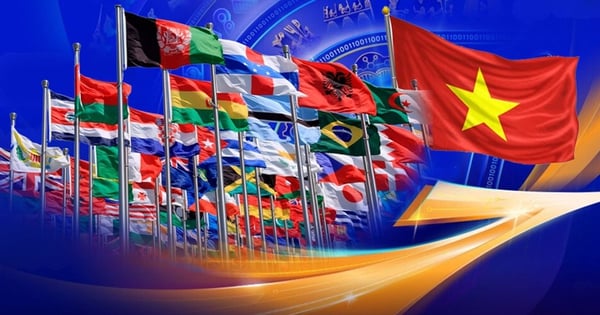
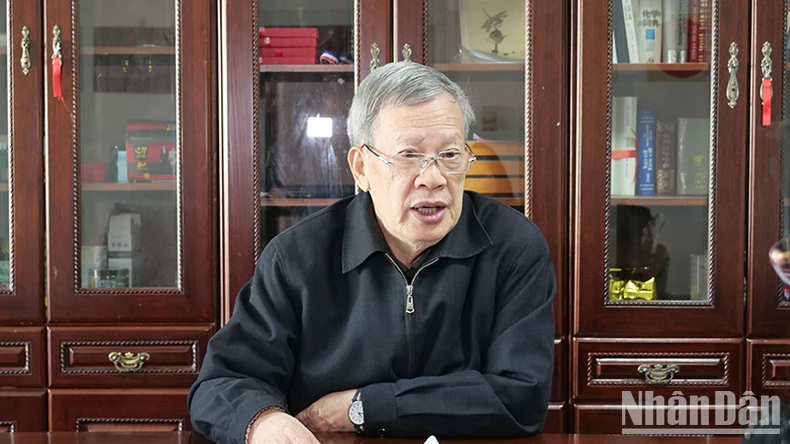

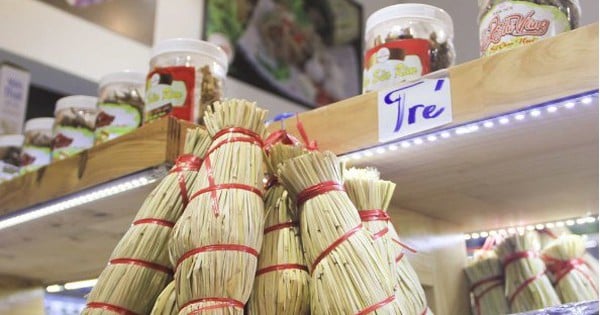

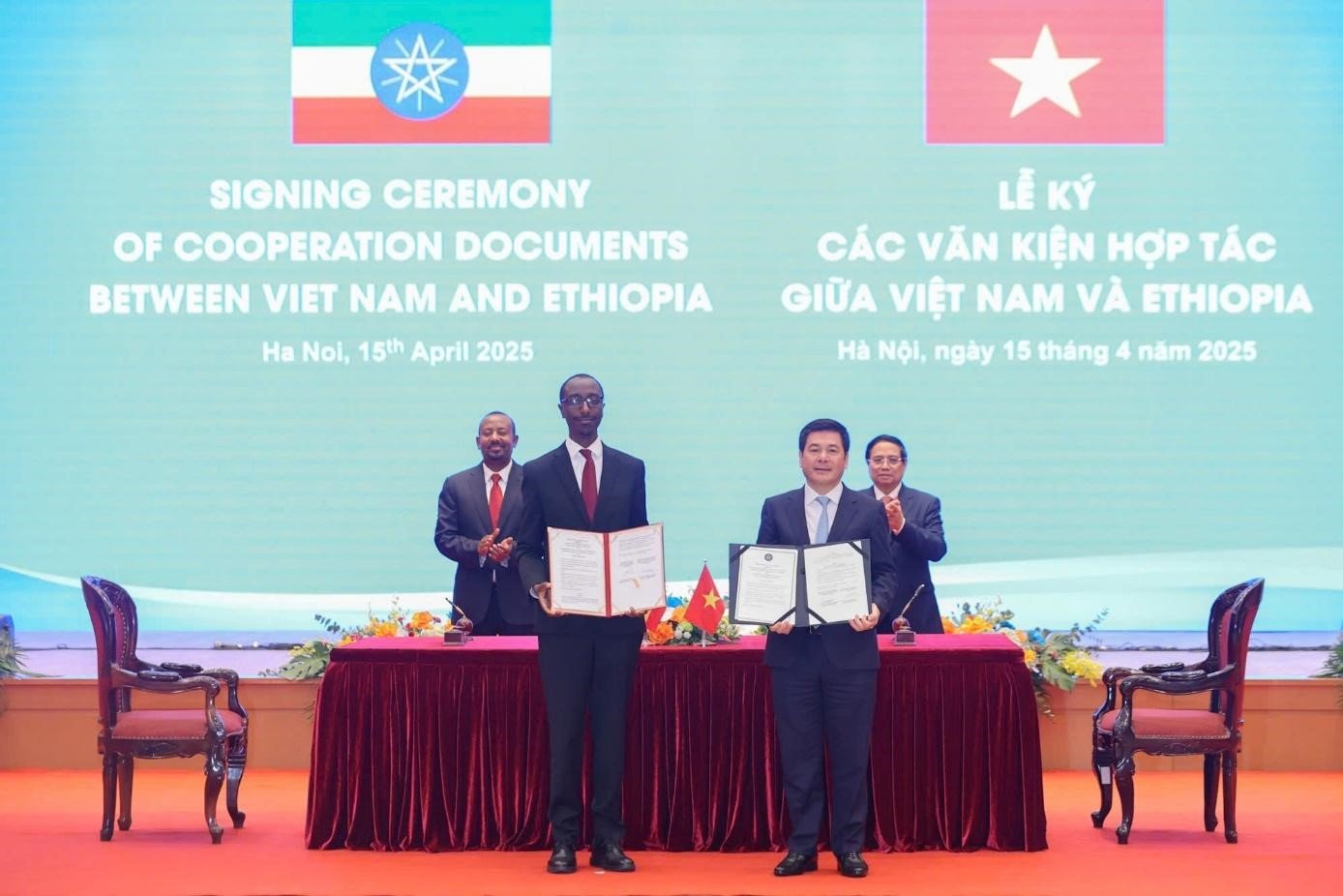

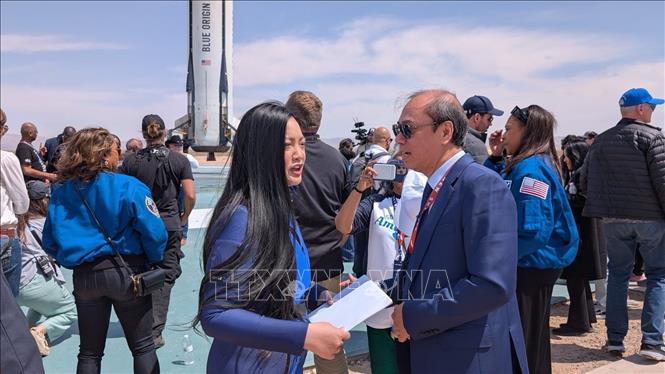

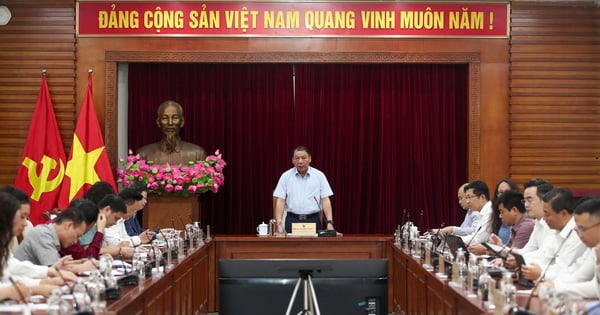
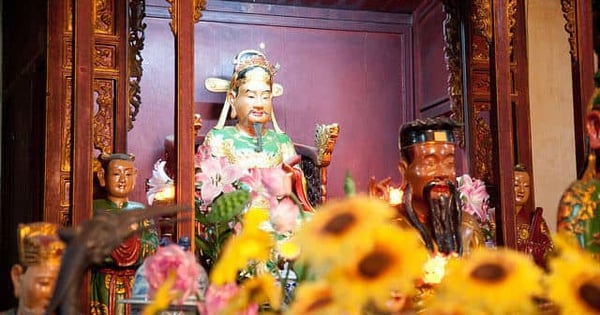
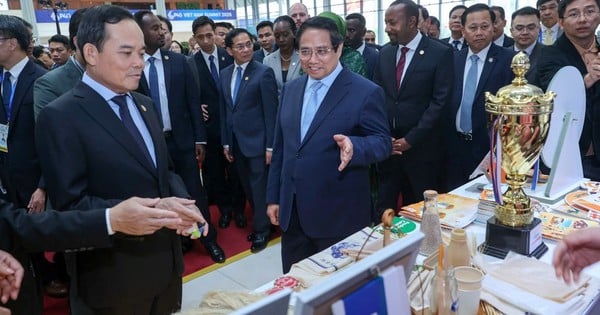



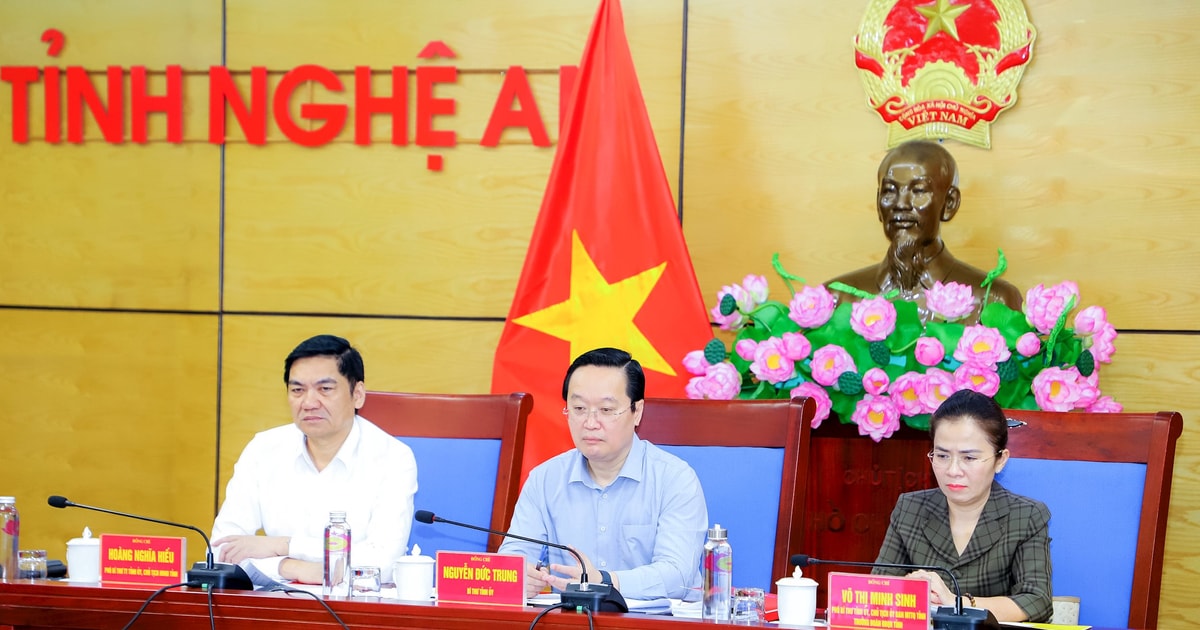

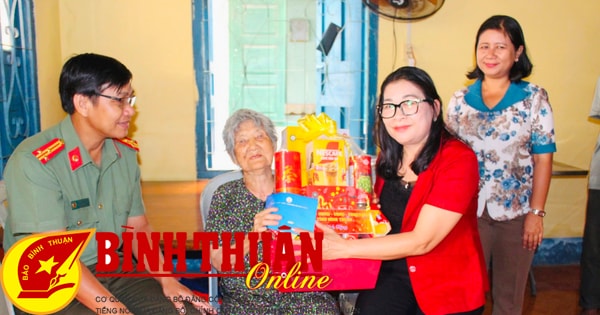

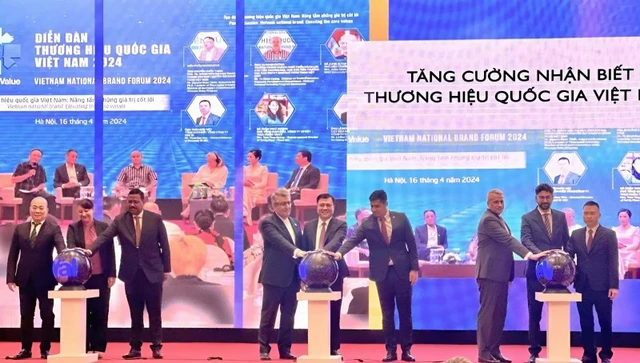


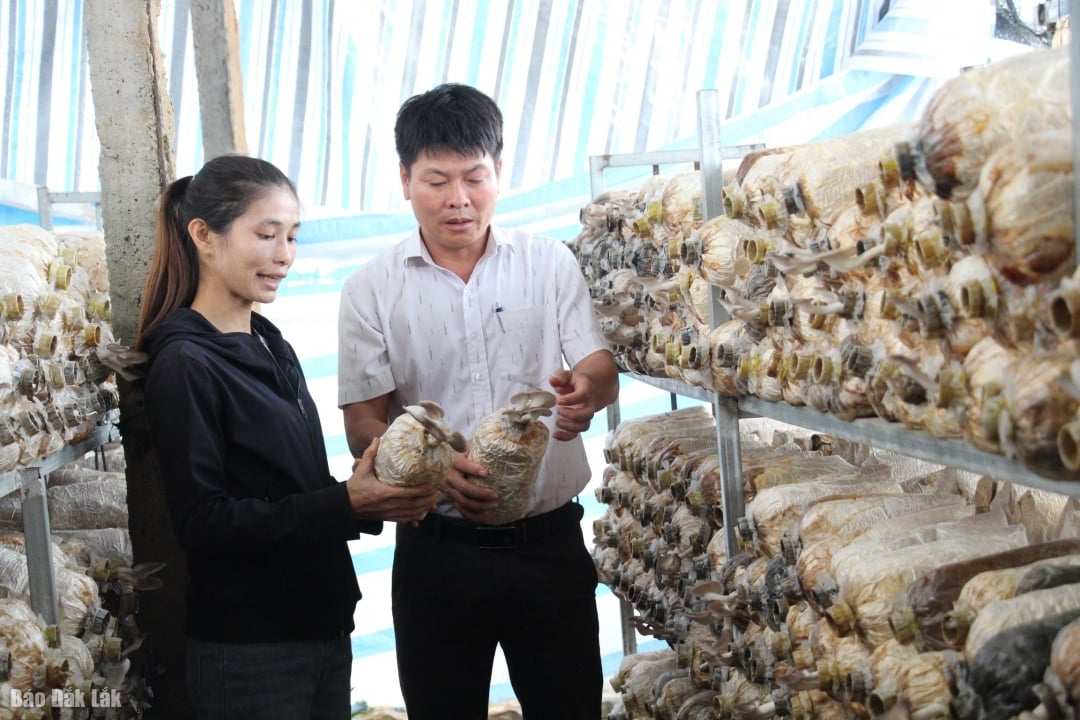

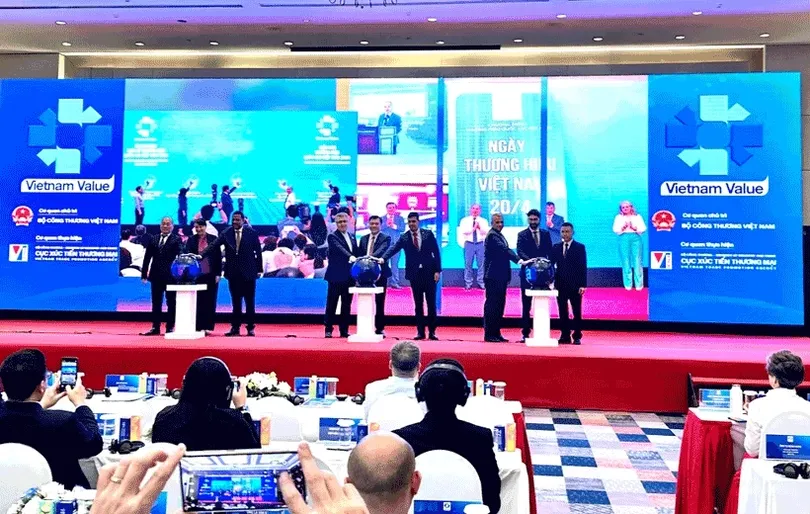

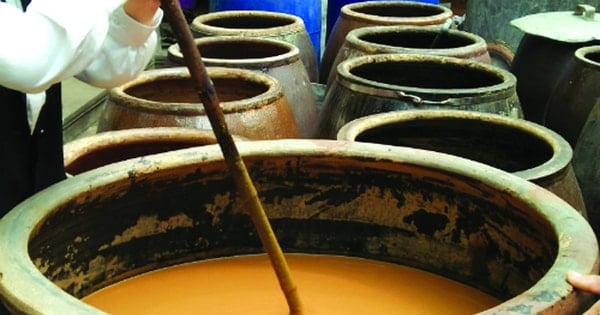

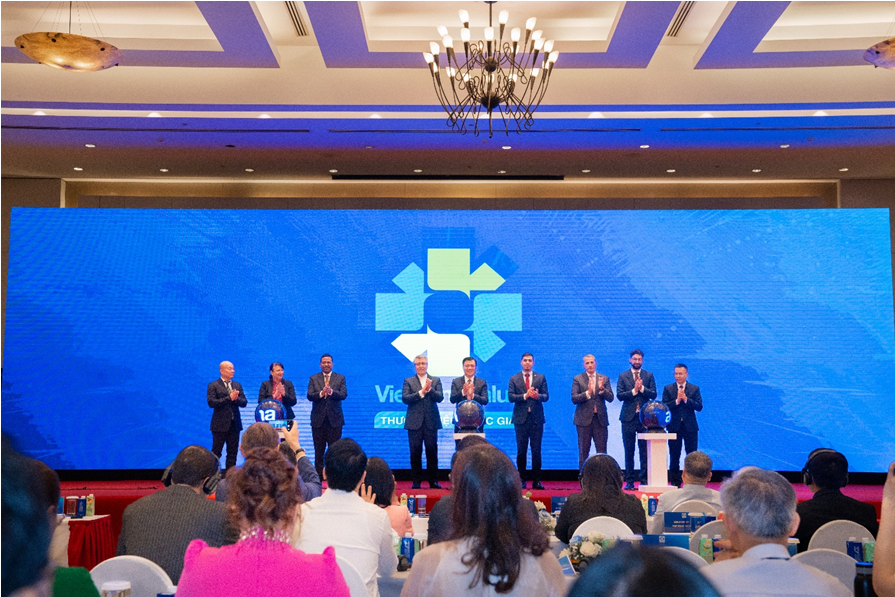
Comment (0)